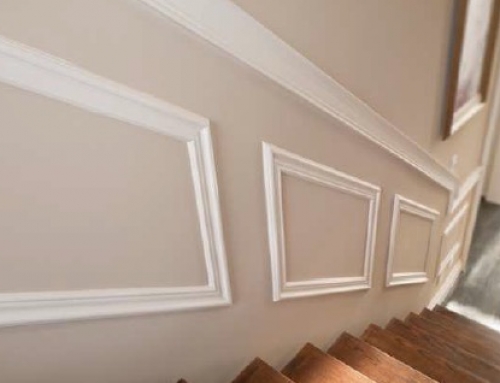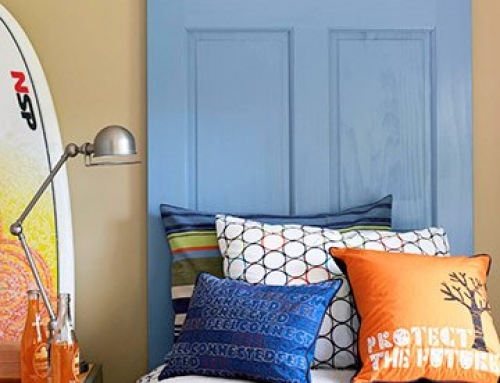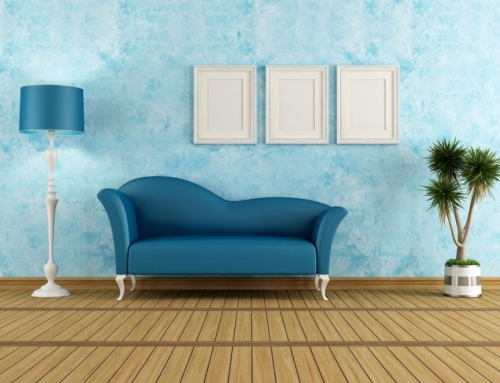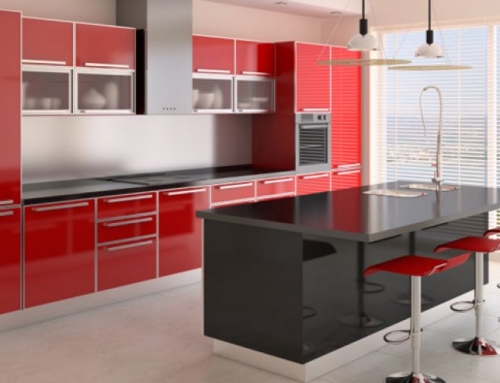DAWN KLINGENSMITH Staff
Published: June 19, 2011
Updated: March 21, 2013 at 05:51 PM<br/>
On the third story of the Baltimore Poe House and Museum, atop a narrow, winding stairway, is a tiny garret with a low ceiling and slanted walls. Fans and biographers would like to believe that this is where Edgar Allen Poe penned some of his gothic tales. In reality, the room belonged to his cousin (and future wife) Virginia, but it is still tantalizing to imagine that the oppressive space somehow caused Poe’s claustrophobia and fear of being buried alive
There’s no doubt that cramped or dark spaces cause discomfort, if only because they aren’t conducive to such civilized pursuits as reading the classics or evaluating the color of a pinot noir (or, in honor of Poe, an amontillado).
Even if a room lacks sufficient sunlight or a window altogether, or the walls and ceiling are too close for comfort, there are ways to brighten the space and make it more inviting.
Harness natural light
If the room does have some natural lighting and a view to the outdoors, make the most of it: Hang sheer or lightweight curtains, along with blinds or shades to let in the maximum amount of sunlight when privacy is not a concern, said Sally Morse, creative services director for window treatment manufacturer Hunter Douglas.
“Hang drapery panels at each edge of the window, but instead of starting at the edges and moving in, start at the edges and move outward along the wall,” Morse suggested.
Framing the window this way “creates the optical illusion that the window is bigger,” Moore said.
Add layers of artificial lighting not only to dispel the darkness but to emphasize the room’s desirable features.
“Think about what you want to illuminate rather than blasting the room with a bunch of light. Light the things you want people to notice,” said interior designer Lisa Peck, principal of LiLu Interiors in Minneapolis, Minn.
Color matters
The color and shape of lamp shades makes a difference in the quality of lighting. Dark or patterned lamp shades emit less light. A cylindrical or rectangular shade works best for ambient lighting, while a conical shade is better for reading.
Except for accent pieces, avoid using dark, saturated colors. Instead, choose watery or “beachy” colors such as pale blue or green, lavender, sand or flax, says Beverley Kruskol, owner of M.Y. Pacific Buildings, a Los Angeles-based custom painting company.
A simple color palette, or even a monochromatic color scheme, will make a small room seem more expansive, especially if the ceiling is the same shade or slightly lighter than the walls instead of white, Peck said.
Whichever paint color you choose, consider painting not just the ceiling but at least one wall a lighter shade of the same color.
“It’s amazing how walls play off one another to create the illusion that there’s light moving around the space,” Kruskol said.
Don’t clutter the room with too many furnishings or accessories. Choose low-profile furniture with a small footprint. For seating “choose pieces that are up on legs with space underneath to help create a sense of openness,” Peck said.
Stay away from overstuffed furniture. Sleek, clean lines look better, but too many right angles will be too boxy.
“Include some furnishings or accent pieces with a flowing line – something with a little bit of a curve to keep the eye moving through the space,” Peck said.
Consider glass tabletops instead of wood. Choose smooth, lightweight upholstery and fabric, and avoid heavy textures.
While a room should seem light and airy, it still needs a center of gravity, or focal point. One architectural or decorative feature with a bit of gravitas won’t make the room collapse in on itself like the House of Usher.
“A point of emphasis that’s darker by contrast than the rest of the room can create an overall sense of spaciousness,” Peck said. “It gives your eye a place to rest, and the rest of the space actually kind of expands in your mind’s eye.”






